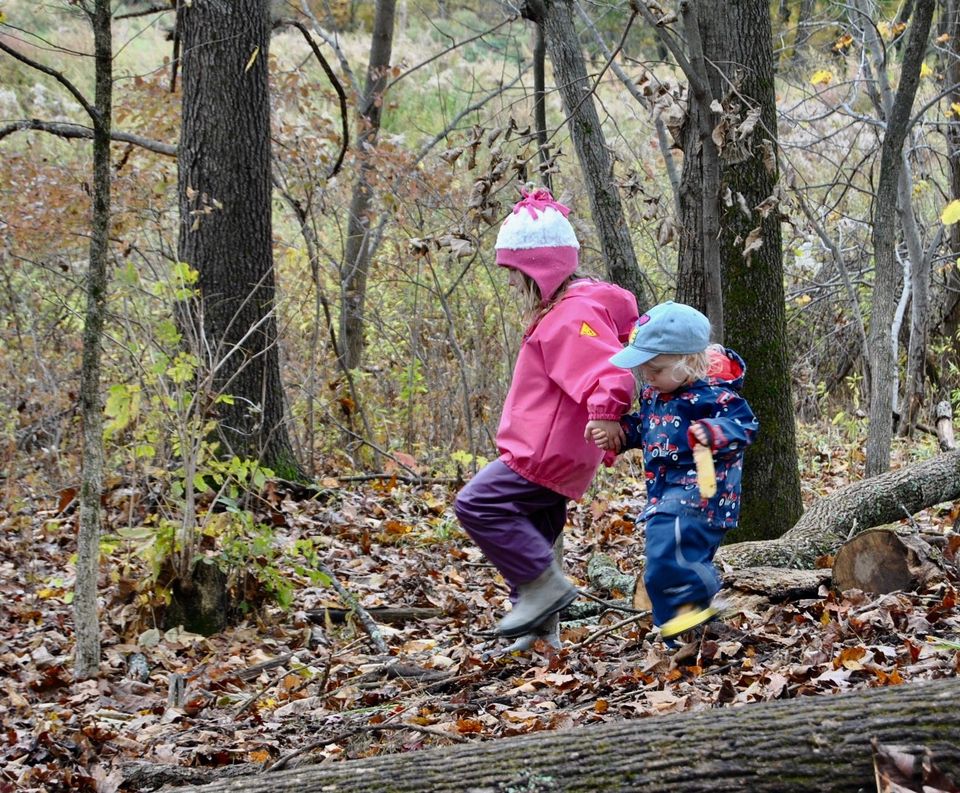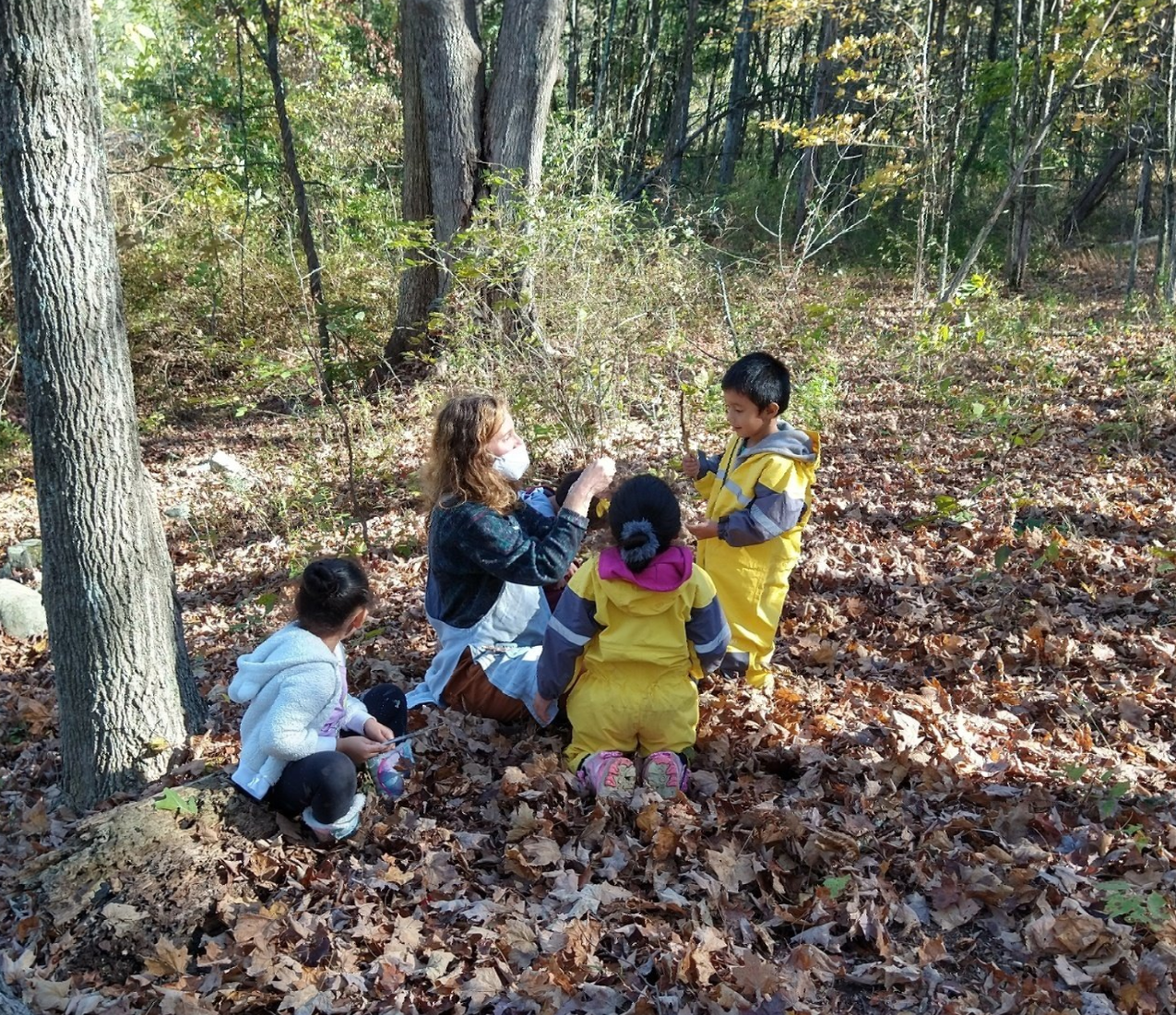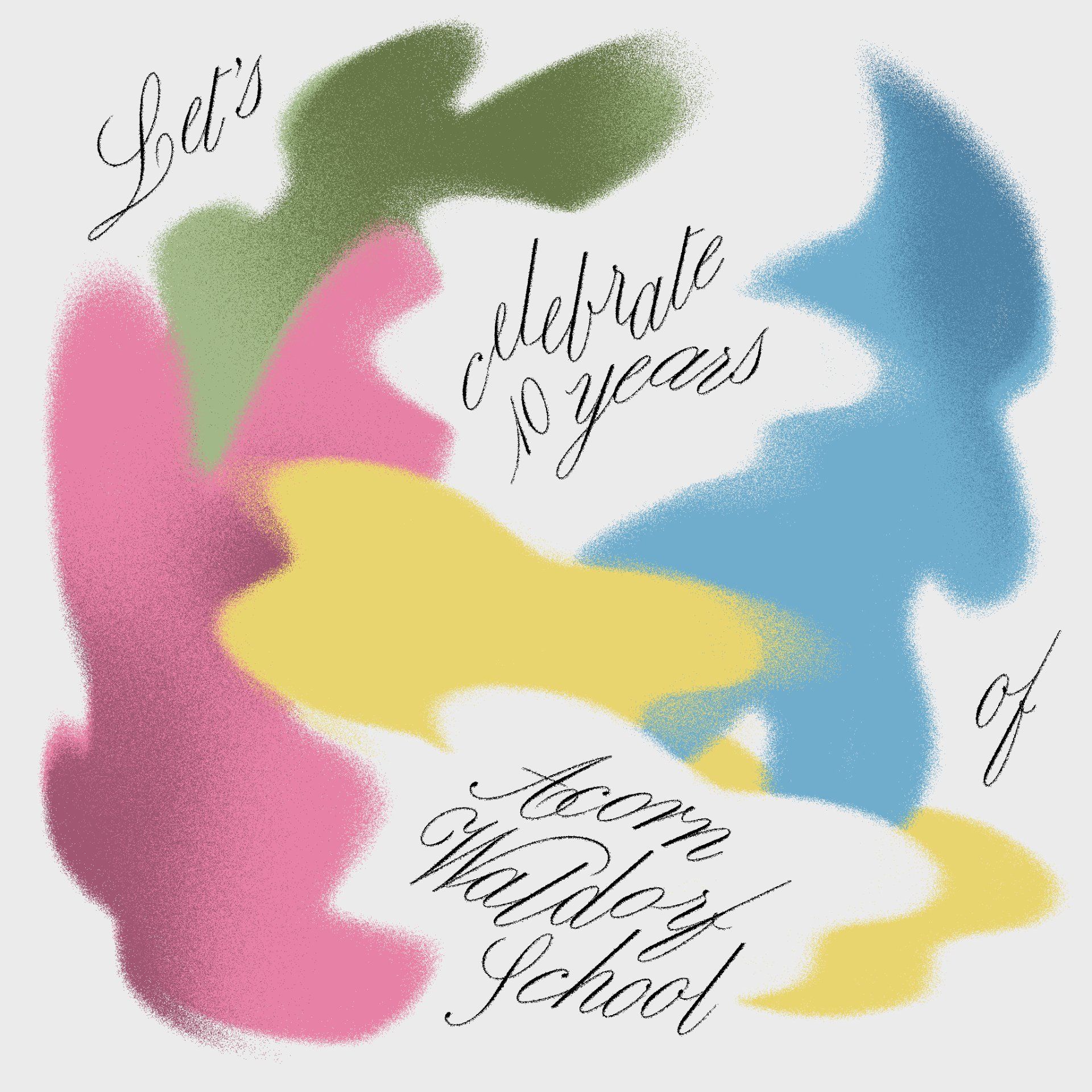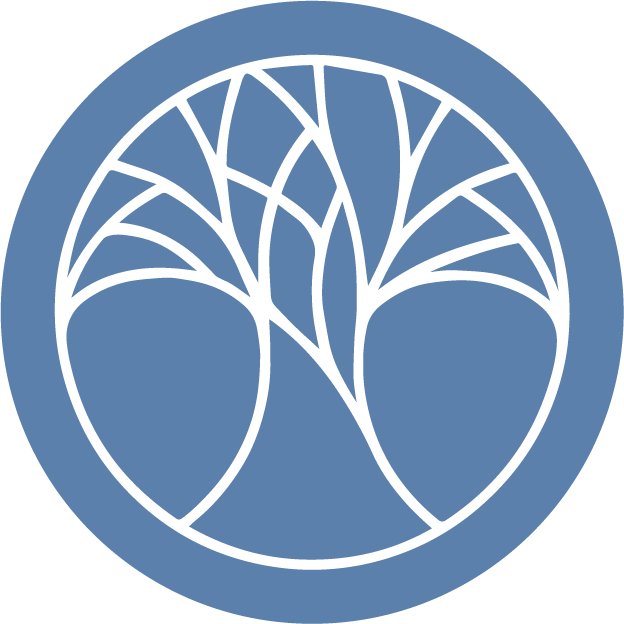How Do I Find and Create Goodness for My Children?
More than ever, we as protectors of young children, are called upon to locate and embrace goodness in the world. A child’s connection to the adults around them is so essential and powerful that young children can sense deeply the joy and distress in our inner lives. Can we find and elevate the helper humans in our families and communities, near and far?
This profound essay by Waldorf educator, Susan Weber, written in 2011 following the tsunami tragedy in Japan, speaks to this deep connection. In life we will continue to live through difficult and challenging times and I hope you find it inspiring and supportive.

How Do I Find and Create Goodness for My Children?
In difficult times such as these with environmental disaster of almost unprecedented scale and concern about friends and others in Japan at the forefront of our thoughts, it is not easy to feel the goodness in life. In an external crisis, our urge is often to listen and see the news and to share our feelings with other adults. As a consequence, it is easy for the children around us to be exposed to things that they cannot understand, to become fearful about situations they will never see and cannot change even if we think that the media or adult conversations are not attended to by the children. Even pre- verbal children can sense profoundly the distress in our inner being.
But nothing brings stamina for life and daily well being to our children more directly and strongly than surrounding them and immersing them into an atmosphere of goodness and joy. For us as adults, the message they seek from us is this: I am happy to be alive, I am interested in the world around me and I want to find a place for myself within it. Children are born with an openness to meet what their lives will bring. Despite their individual destinies and challenges, this openness is present and as the adults in the child’s world, we have tremendous potential to cultivate this openness.
For the child just beginning life, there is one single mantra that needs to guide those early steps and years: the world is good. No other belief will carry him forward through the tumbles and stumbles, through the mysteries of his encounters with confidence and eagerness. Without this overarching rainbow of trust in life around and above them, children shrink back into themselves, lose the shine in their eyes, forgo the impulse to experiment, to see things as the adults around them never have, to imagine new solutions to the simplest experiments – piling blocks, washing a dish, dressing themselves upside down. The world is good – and therefore I enter into it, explore it, wonder, stop and look, touch, encounter, meet what comes to me with interest and growing confidence.
Fear paralyzes children — it reverses children’s natural gesture of trust, openness, and interest in the world. To develop in any way – cognitively, emotionally, physically – children need to be able to enter easily into life around them. They need to feel welcome, and above all, safe. For who of us is able to take risks, try new things, when we have a question about the safety of our surroundings?
There are times when circumstances beyond our control create uncertainty or worse for our families. In addition, we could also say that our times are, in fact, uncertain times. At the same time, however, our children are just beginning their lives. We owe to them their birthright: the world is good and I am grateful and happy to be in it. It is a safe place for me to grow in. And later, much later, I will be able to take on its pain and burdens. But give me time, peace, and space in which to discover the goodness in life for myself, in which to grow strong, capable, brave, and enthusiastic for life. Protect me from the challenges of adulthood until I am ready.
How can we do this for them?
- We can protect them from information that they cannot comprehend or digest – saving our adult conversations for later, turning off televisions and radios in their presence.
- Give them the strength building elements of rhythm, form in daily life, predictability, that reassure them of the goodness and security of each day.
I was once told that young children are very good observers, but poor interpreters. I, and many parents as well, have found this to be true.
Whether it be the large world and its sphere of difficulties, political situations near and far, our professional work and its daily challenges, our own personal frustrations, angers and fears – young children are not able to interpret any of these. None of these are a suitable menu for young children who cannot digest it. It all then goes inside of them to then be expressed in ways that we ourselves may not correlate with what they might have heard, for information about these realms of life will often bring anxiety, nervousness, fear, withdrawal, sleepless nights, or aggressive behavior.
As the adults in their lives, we have the possibility to stand there beside the children with confidence for life offering them a model for imitation. We lead them out into our world: we walk alongside them. We have seen much, experienced much. It is an amalgam of joy, of pain, suffering, discovery, celebration, disappointment – and at times of fear, questioning. All these experiences and feelings will have come to us by the time we reach parenthood. As adults, we have tremendous freedom to explore these feelings, to reflect upon our own experiences.
If we as adults listen to the outer world as it often presents itself, how do we then find our own paths to believing confidently in the goodness of the world? It is of utmost significance that we strive toward this belief, for our children look to us for signals, for images of where to begin seeking their places in the world. They imitate our deepest inmost feelings and beliefs, and these carry them far as pillars of strength when they require it.
Take a walk, find your way into nature, hold deep in memory the most recent good thing we have encountered. Begin and end your day with gratitude for the good in our lives – however challenging this may feel at moments. Pick a tiny bouquet of wildflowers or seasonal things from the nature just outside our doors – the wonder of one snowdrop or crocus in spring bloom emerging through the receding snow, a single acorn, one brightly polished apple – each of these can remind us of the wonder and miracles of the universe. Look up at the stars in the heavens, and ponder the miracle that all over the earth human beings are united by experiencing the same starry heavens above them. Find a poem, even if you have never thought of poetry as your interest – just a few lines – copy it onto a piece of paper and put it on your refrigerator. Recall a human relationship that has helped you along your way. And see if, step by tiny step, you can rediscover, in difficult times, that the world truly is good.
Rudolf Steiner offers us a verse that can bring us strength in difficult times:
Steadfast I stand in the world
With certainty I tread the path of life
Love I cherish in the core of my being
Hope I carry into every deed
Confidence I imprint upon my thinking.
These five lead me to my goal
These five give me my existence.
© Susan Weber Sophia’s Hearth Family Center March 2011

We are excited to share a new documentary about the work the Neighboring Tree Project did with a neighboring Head Start and the creation of an outdoor forest program for the children in their care. 🌿 Over the past months, Elia Gilbert , one of Acorn's kindergarten teachers, has been working with the Agri-Business Child Development Center team of educators to produce a 30 minute video which documents their collaborative process in creating an outdoor forest program for the children in their care. We hope this will inspire future Neighboring Tree Project collaborations, as well as other Waldorf educators to reach out to their neighbors in similar ways. We are now looking for more "branches" to our NT P work, as well as more Waldorf teacher people-power to work on the ground with our neighbors. After seeing the video and getting a sense of our work, please get back to us with any inspirations or feedback. We'd like to hear from our community! We hope you enjoy this film!

Let's Celebrate Together! Acorn Waldorf School is celebrating its 10 Year Anniversary! We began this wondrous journey with 8 intrepid families who took a chance on a tiny new program and, with their support and the support of so many families in the decade since, have grown into a vibrant center for Waldorf Early Childhood Education in the Hudson Valley. I can’t think of a better way to mark this auspicious moment in our school’s biography than making a meaningful contribution to the Sunbridge Institute Diversity Fund . During the entire month of June, for each donation to the Sunbridge Institute Diversity Fund, Acorn will give another $25. In the line where it asks, " My connection to Sunbridge is? " Please write " AWS 10 Year Anniversary ". Our hope is to inspire at least 50 individual donations but we will happily go above and beyond! If you or your family has benefitted from, enjoyed or simply appreciate what’s happening at Acorn, please consider joining me in support of this all important endeavor. This wonderful fund supports BIPOC individuals in the Sunbridge Institute Waldorf teacher education programs, creating a more diverse pool of Waldorf teacher education graduates who will be fully prepared to take on educational and leadership roles in Waldorf classrooms and schools. We are grateful and awed by Acorn’s continually star-strewn journey. May the next ten years continue to be blessed. Together we can make a difference! 🧡

The Neighboring Tree Project (NTP) is an AWS initiative that aims to create community partnerships with our "neighboring trees," i.e. local early childhood educators, schools and centers who are doing the important work of caring for children from underserved, migrant farming or inner-city backgrounds. In building these relationships, we are working collaboratively to bolster the programming offered, taking individual needs and current staff into consideration. The goal is to empower our neighbors with tools and pedagogical enrichment. We also hope to learn: we want to get to know our neighbors, the children and families in our region, and learn from whatever is brought to the group together. The forest offers nutrients to all its trees, and one tree shares with another for mutual health of the whole. Read on to learn about our first two endeavors, Agri-Business Child Development in New Paltz, NY and Meagher Pre-K in Kingston, NY.



